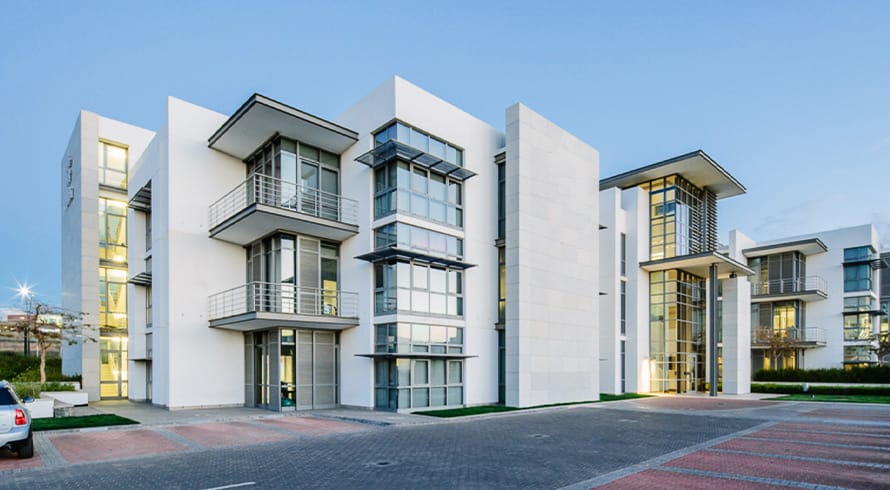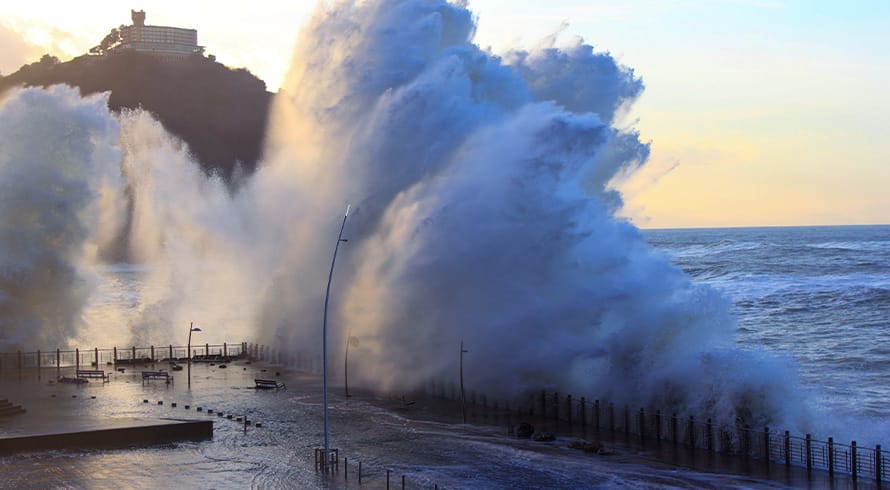Is commercial and/or factual insolvency an absolute bar to business rescue or is there still hope?
- whether GT Logistics (Pty) Ltd (Company) could be placed into business rescue despite it being commercially and/or factually insolvent; and
- if the answer to question 1 was in the affirmative, were reasonable grounds for the belief that the Company could be rescued established?
The salient facts of the matter are as follows:
- Tyre Corporation Cape Town (Pty) Ltd and its related companies (Tyre Corporation), as creditors of the Company, applied to Court to place the Company into liquidation;
- the managing director and sole shareholder of the Company, Mr Glen Esterhuizen (Esterhuizen), responded by instituting an application to place the Company into business rescue; and
- as a result, the Court suspended the liquidation proceedings and directed that both the liquidation application and the business rescue application be heard on the semi-urgent roll.
Is commercial or factual insolvency an absolute bar to business rescue proceedings?
There was no dispute about the Company’s insolvency as Esterhuizen, on his own version, acknowledged that the Company was commercially insolvent.
The Court therefore had regard to the argument raised by Tyre Corporation that the current insolvency of the Company was an absolute bar to the granting of the business rescue application. This argument was based on the obiter remark of Kgomo J in the case of Merchant West Working Capital Solutions (Pty) Ltd v Advanced Technologies and Engineering Company (Pty) Ltd & Another [2013] ZAGPPHC 109 (at para 8) that it was clear from the definition of ‘financially distressed’, that a company could not be placed in business rescue if it was already insolvent.
The Court respectfully disagreed, stating that:
“the definition of ‘financially distressed’ in s128(1) of the Companies Act, No 71 of 2008 creates a threshold. Current commercial or factual insolvency is not a prerequisite…[sic] It does not follow that, because a company is already commercially or factually insolvent, and thus obviously financially distressed, that it can no longer be the subject of business rescue.”
The Court cited the case of Oakdene Square Properties (Pty) Ltd & Others v Farm Bothasfontein (Kyalami) (Pty) Ltd & Others 2013 (4) SA 539 (SCA) where Brand AJ regarded current commercial insolvency as constituting “financial distress”. The Court found no reason why factual insolvency should be treated differently.
The Court concluded that, although the existence and extent of commercial and/or factual insolvency may have an important bearing on the prospect of rescuing a company, it cannot be a bar to a business rescue application. In any event, in terms of s131(4)(a)(iii) Companies Act, a court may grant a business rescue application if it is just and equitable to do so for financial reasons.
Since the company was not barred from being placed into business rescue, have reasonable grounds for the rescuing of the company been established?
In assessing whether Esterhuizen had established reasonable grounds for the belief that the Company may be rescued, the Court considered the various financial information provided in the business rescue application as well as the draft business rescue plan.
The Court stated that, in assessing the aforementioned, regard must be had to three key aspects:
- the argument that the non-critical creditors would receive no dividend in a liquidation scenario;
- however in the draft business rescue plan, the non-critical creditors would be compromised at 40 cents in the rand; and
- the projections of increased revenue and profits in the year ahead.
The most important of these aspects is the compromise of non-critical creditors as contained in the draft business rescue plan as well as the revenue and profit projections.
Compromise of non-critical creditors
In respect of the compromise of non-critical creditors, Esterhuizen averred that if the Company obtains financial relief by way of the proposed compromise, the Company will be able to meet its liabilities to critical creditors as they fall due and to fund its future operational expenses.
Tyre Corporation countered the compromise proposal by arguing that a business rescue plan cannot permissibly include a compromise with creditors. Such compromise may only be achieved by way of s155 of the Companies Act.
The Court disagreed, stating that s150(2) of the Companies Act requires that the proposals in a business rescue plan include the extent to which the company is to be released from the payment of its debts. This provision, read with s154, makes it clear that a business rescue plan may incorporate elements of a compromise with creditors. The business rescue mechanism would be sadly deficient if it were otherwise.
In these circumstances, the Court found that the proposed compromise of the non-critical creditors (60 % reduction of the value of their claims and the remaining 40% to be paid in instalments without interest over 10 months) was unfair and the argument that these non-critical creditors would be receiving more during business rescue than in liquidation, would not suffice.
Revenue and profit projections
Esterhuizen placed before the court certain financial projections upon which the business rescue plan depended. The Court found these projections to be “unreliable, contradictory, and not based on reasonable grounds”. Furthermore, the plan prejudiced certain “non-critical creditors” at the expense of other “critical creditors”. This prejudice would not withstand liquidation proceedings where both “critical” and “non-critical” creditors would rank as concurrent creditors.
The Court thus found that Esterhuizen “has not established reasonable grounds for a belief that the company will achieve the projected turnover and profits on which the rescue plan depends... Something more than a prima facie case or arguable possibility is needed.”
Conclusion
Accordingly, the position in the Western Cape jurisdiction seems to be clear – commercial and/or factual insolvency is not an absolute bar to business rescue proceedings. A company which is commercially and/or factually insolvent may still be rescued if reasonable grounds exist for the belief that such company can be rescued.
However, if no reasonable grounds have been established for rescuing the company and the business rescue application simply does not pass legal muster, the court will dismiss the application and place the company into liquidation where a liquidation application has already been instituted.
Furthermore, a compromise of creditors’ claims may be included in a business rescue proposal. However, such compromise must not be manifestly unfair and disadvantageous as a court may not simply allow the business rescue application to proceed where it would be supported by a majority of creditors yet is unfair to the minority of creditors.
The information and material published on this website is provided for general purposes only and does not constitute legal advice. We make every effort to ensure that the content is updated regularly and to offer the most current and accurate information. Please consult one of our lawyers on any specific legal problem or matter. We accept no responsibility for any loss or damage, whether direct or consequential, which may arise from reliance on the information contained in these pages. Please refer to our full terms and conditions. Copyright © 2026 Cliffe Dekker Hofmeyr. All rights reserved. For permission to reproduce an article or publication, please contact us cliffedekkerhofmeyr@cdhlegal.com.
Subscribe
We support our clients’ strategic and operational needs by offering innovative, integrated and high quality thought leadership. To stay up to date on the latest legal developments that may potentially impact your business, subscribe to our alerts, seminar and webinar invitations.
Subscribe



